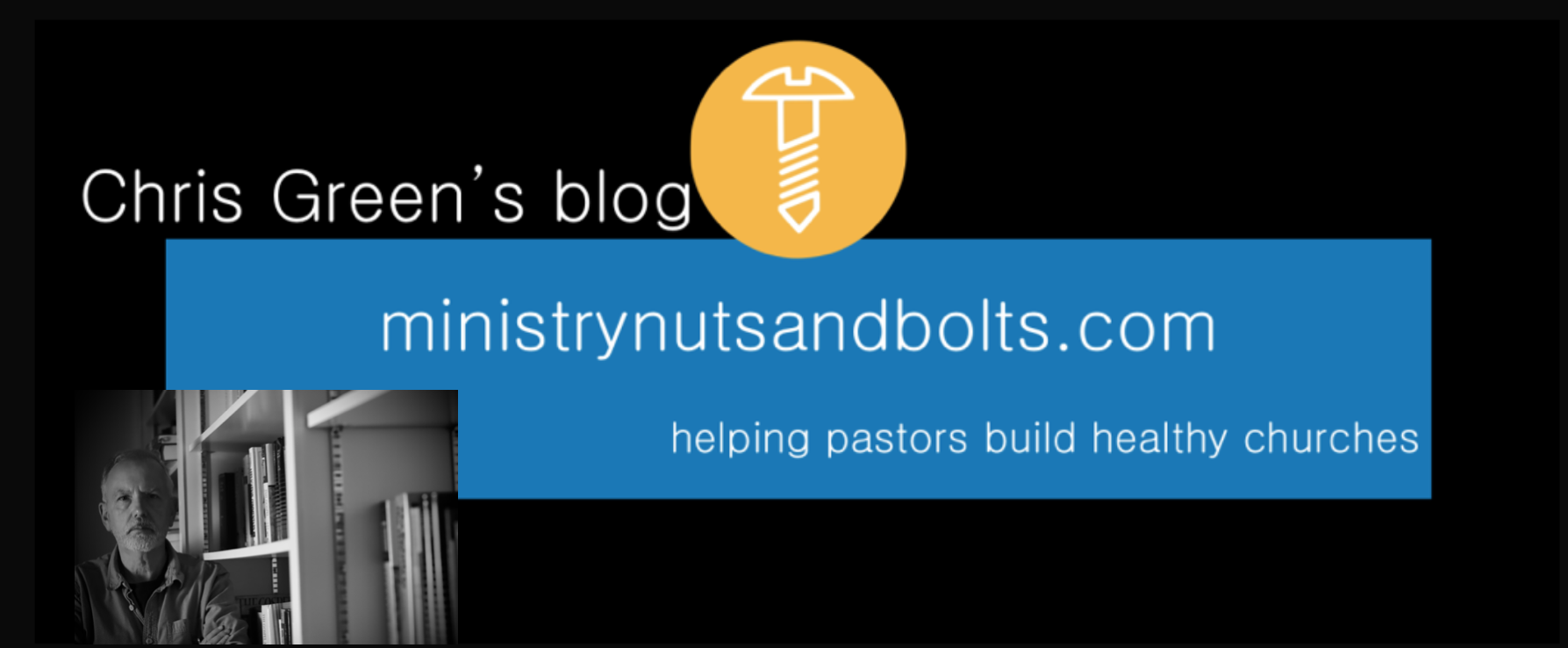I was once in a meeting where we were thinking about church planting. There were four people round the table, and as we chatted round the coffee mugs, it became clear that each of us filled a different role, because we each saw church planting from a different, but necessary perspective.
It was a very early days discussion of course, but even if none the ideas discussed ever happened, I learnt a valuable lesson that day in four perspectives on church planting, which anyone, from any church grouping, can share.
And, before we go any further, we should flag up prayer, of course. This is a spiritual task and a supernatural battle. We are told to ‘watch and pray’; the four perspectives below fit under the ‘watch’ heading, I think, but we prayed, and not for the first or last time.
City
One person saw things from a city-wide perspective. He looks at transport links, infrastructure, and the potential for hub churches to train others in planting. He can see population density and moves, and spiritual need. He reads the city.
Whatever your church grouping, you need to get together with someone, or some other pastors, to see the big picture for the place where you live. Get the maps out, look at the bus routes, and see where the housing developments are coming up. Stand back and look.
Congregation
The pastor aw things from the congregation’s perspective, the congregation from which the plant would be commissioned. Pastors think people, ministries and resources: what do we need, who do we give away, how do we replace them, and how do we get into a rhythm of planting in the years ahead.
In the balancing of costs against benefits, Pastors will see the costs, but have to believe for the benefits.
Pastors inevitably take this view, and we need to realise that in the balancing of costs against benefits that we pastors will see the costs, but have to believe for the benefits. That is, if we give away X people, who give Y to our budget, then I will see the impact of both on our activities and our budgets. I have to believe that the transfer of X and Y to a new congregation will produce a greater kingdom impact than keeping them with us.
Church planter
The potential planter saw things from a potential perspective. He sees unused schools, warehouses, churches facing closure. He looks at parking restrictions, bus routes and wheelchair access, how close to the high street, how far up the hill. He looks at where people congregate, the movements during the day.
More than that, he’ll probably be analysing several areas with a similar grid. should we look here, or there? Weighing, balancing, not committing too early to the decision, but trying out severable viable options
Coach
The planter was also offered a coach – and indeed, there was someone in the room being coached as well. Coaches see things from the perspective of the future of the planter: how can I help you to improve? What knowledge, skills or spiritual maturity needs to be in place before you can take the next step? How we can we make sure that, although this is your first plant, it won’t be your last?
At the moment, because the planter is on a church’s staff, his pastor will do a bit of that. But when he flies the nest, he’s off that to-do list but on someone else’s.
So that’s my new lesson: how four, gospel hearted people, see the same task from four, necessary, complementary perspectives.
What else do we need to pay attention to? Pile in!





Four helpful points. Thanks Chris.
I’d add “people” to this list – people not places, because a place is only convenient because we are trying to reach the people of that place. Jesus came for people, and all church planting is ultimately to reach lost souls. So people should always be the focus, with the rest helping work out how we reach them.
For the Christian, the church planter, the church, there are two kinds of people: those we know, and those we don’t.
Any church plant needs to seek to reach the people we know, and have ways of reaching (in a meaningful way) those we don’t. Some of those we don’t know might come because a new building opens, a new service starts, or whatever (typically these will be people who’ve dropped out of church or had a particular experience which leads them to church, as opposed to a mosque or temple). But most people aren’t queuing up to come to Jesus so we need to build trusting relationships with them, into which we speak the good news.
That’s true, and more important than I’ve made it, Carl. But human geography and sociology do impact the decisions too: a massive road can be a barrier, and so on. Good call, though.
Linked to your comments above as well as things like massive roads being barriers, things like time can be too. I guess this .inks into the human geography and sociology question. Whilst we did not want our Nueva Vida congregation to have a HUP ethno-centric focus and it has I think managed to avoid that, there are some common factors apart from language to do with time, work and family patterns etc that a “normal 1030am service” doesn’t account for so well.
I wonder if another perspective is “other churches and groupings” I don’t think that anyone should have a veto on a churchplanting and I would say that most places have plenty of space for others to work because of tge need. However, how you plant can either build good relations with other churches so they see place ting as a positive, work with you and maybe even begin to consider planting as well one day. Or it can be done in a way that puts the backs of others up and gives church planting a bad name. I’ve seen both happen in the Midlands.
True – proximity to other churches is an issue, especially if they’re struggling and the plant doesn’t. All too easily the plant is blamed for the decline (which is rarely the case).
It’s not just about proximity but how you set up. If you set up in a way that looks geared to attract and recycle Christians then it gives church planting a wrong name. I know of churches planted close to other churches and plants and there’s a sense of co-operation and partnership in the Gospel. I know of other new churches where people will travel a distance to them. I don’t think that they are responsible for decline, people will leave churches that will continue to be healthy to go to the new thing and people will not leave churches that will still decline. However, it makes it a little bit harder to say “we’d like to do some church planting” when the latter is sadly the perception.
Novelty seeking is an itch, of course. But most churches which decline are not healthy ones having their members hoovered away!